Fishing is Iceland’s main industry, although tourism is well on its way up to number 2. In 1970, fish accounted for a whopping 90% of the export. This has been gradually reduced, but fish still accounts for almost 40%. The country is therefore very vulnerable to fluctuations in fish stocks and prices on world markets.
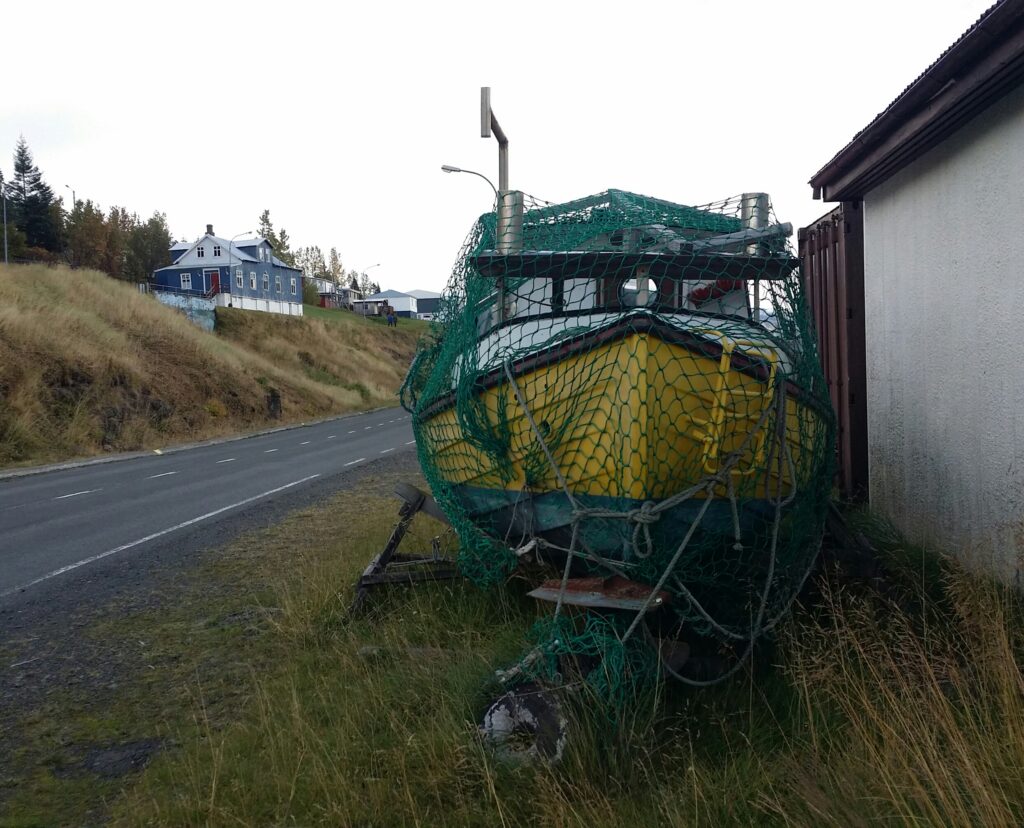
One result of this is the many fishing conflicts Iceland has been involved in. Especially with England, which resulted in physical attacks in the 60’s.
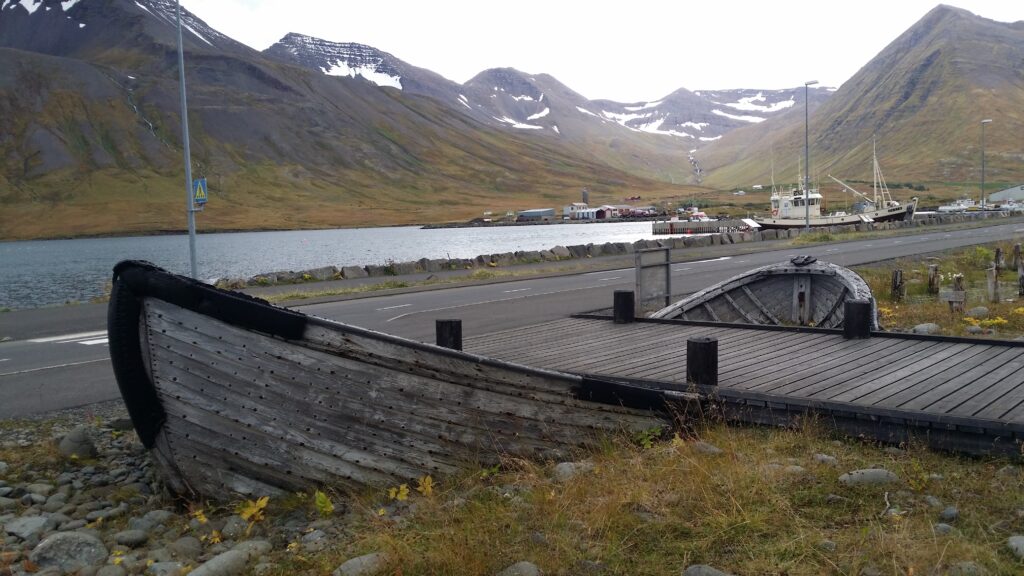
In Norway, it is perhaps the quarreling about ‘Smutthullet’ (the Loophole, a 62,400 square kilometers area of the Barent’s sea) that is freshest in the memory. When the cod fishery stopped in the 90’s, Icelandic fishermen had to find new places to find fish. The solution was to start fishing in Smutthullet, outside the 200 nautical mile economic zone from both Russia and Norway, but that was not very popular neither in Russia nor in Norway. The Norwegian coastguard took the Icelandic trawlers ashore and fined them. In 1999, an agreement was concluded between Russia, Norway and Iceland on quota exchange, which put an end to the unregulated Icelandic cod fishing in Smutthullet.
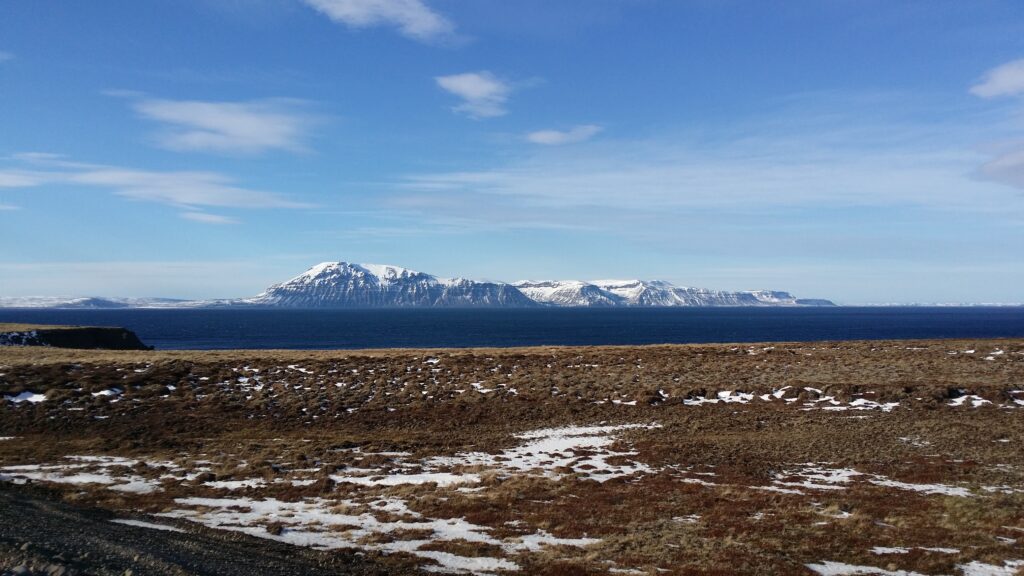
In Iceland, a system of fishing quotas came into place as a law in 1983. At the first allocations, in 1984, they based the quotas on fishing experience per vessel.
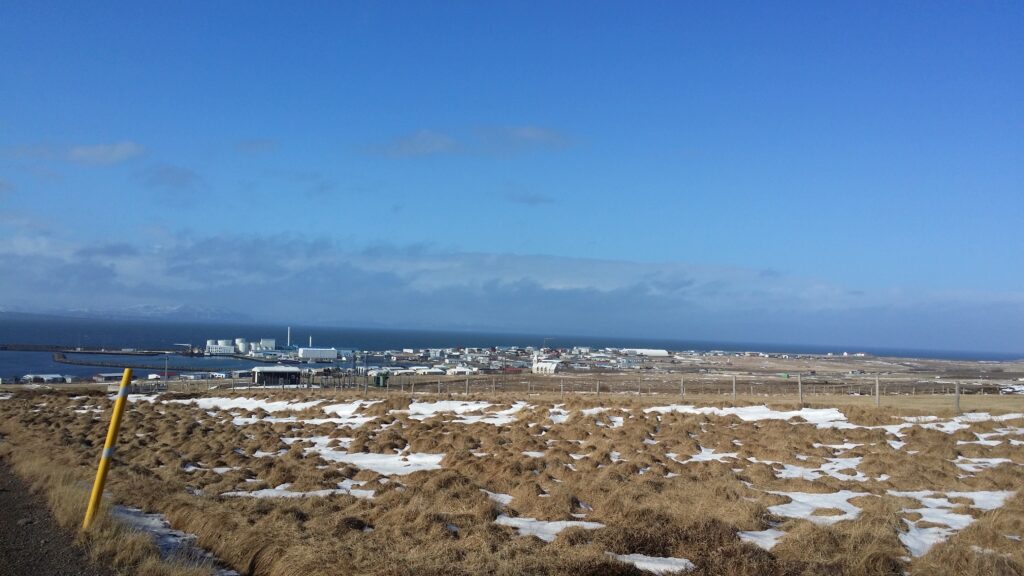
In the north-east of Iceland, there is not much else to live on other than fish. There are a few villages, one of which is Þórshöfn with barely 400 inhabitants. Here man found a very safe natural harbor. The god Þór was thanked for this, hence the name.
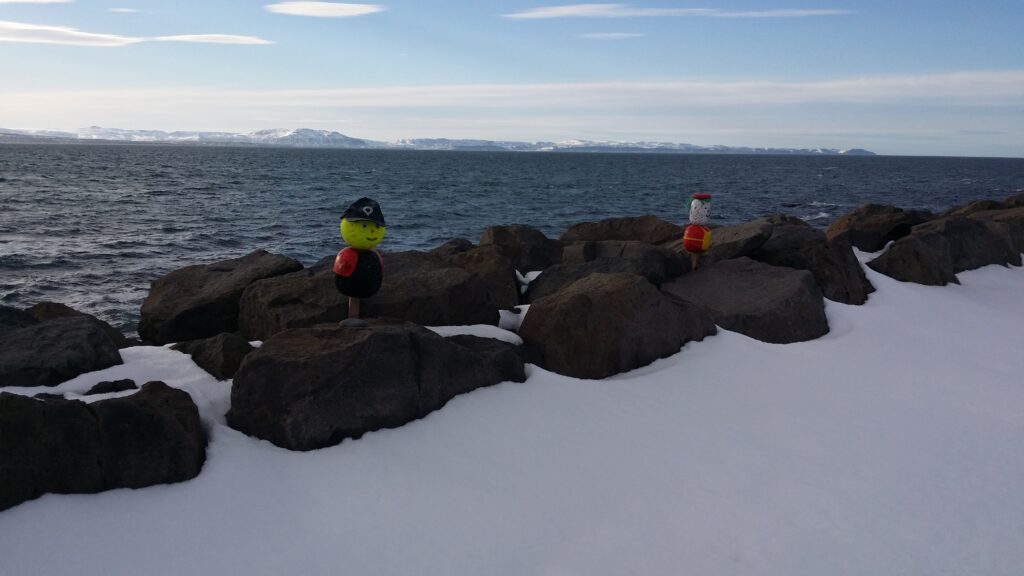
The morning bath at Þórshöfn is best taken in the sea. We followed the stone edge just out of the town, where the residental area starts – there you will find a nice little bay. The stone edge was decorated with painted stones in bright colours, presumably made by school children.
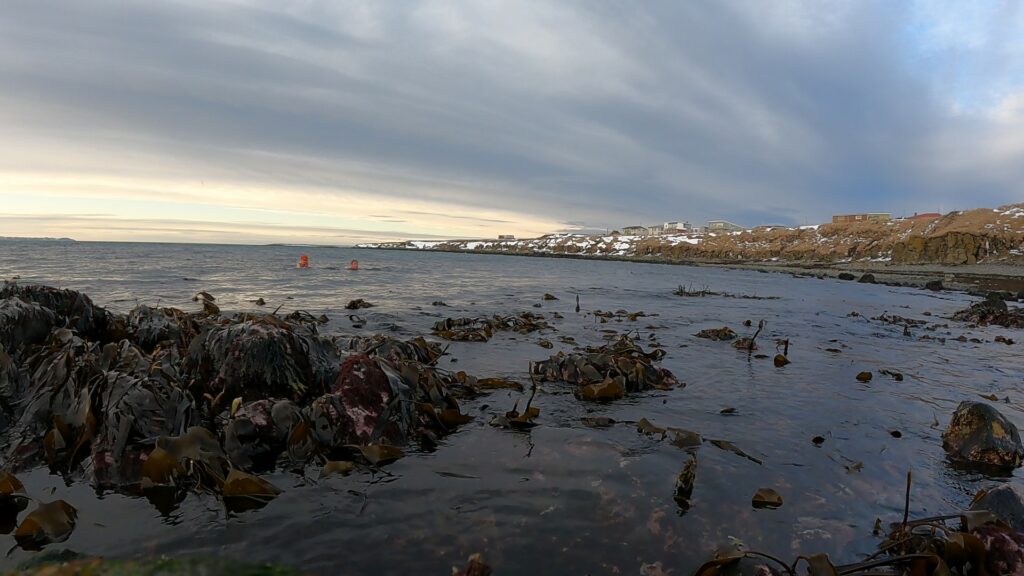
This far north, you can expect exceptionally beautiful, crystal clear water and an abundance of birds. Absolutely wonderful!
After a refreshing bath in Þórshöfn, an excursion to Langanes and the wrecked Douglas DC-3 R4D-S aircraft is just right. The accident occurred in 1969 during landing with a strong crosswind. The plane (from the US Navy) is located where the old airport used to be, and serves as a shelter for sheep in bad weather.
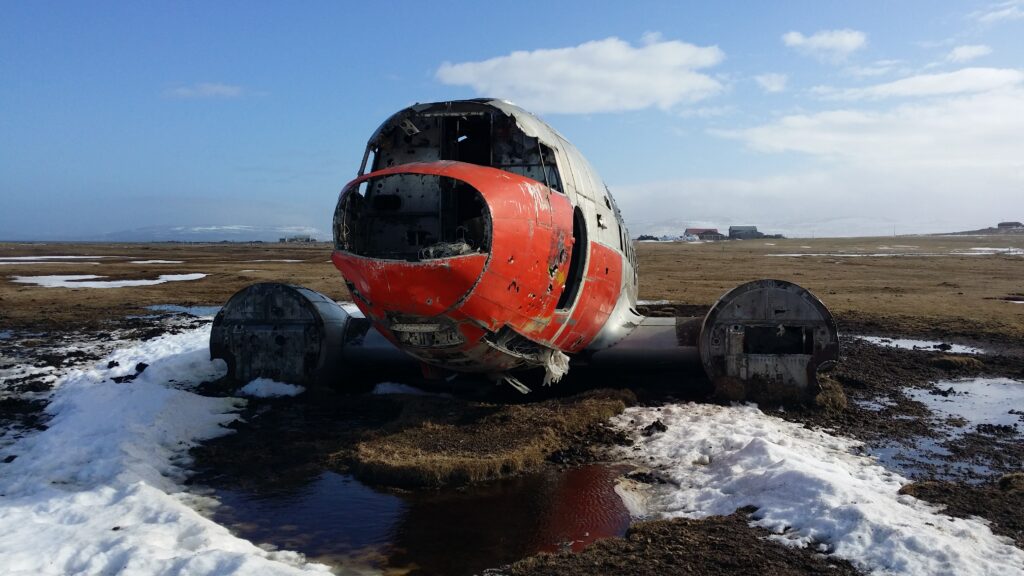
You will need to pass a fence and join some icelandic horses to get near it, but the farmer did not come running to send us away, so we guess it was ok to have a closer look.